Description
Hexagonal Thinking is a fun review game using hexagons to show key relationships between events, people, places and vocabulary terms. In this resource, students are challenged to place cards representing key ideas from the American Revolution in a way that shows the relationship between different parts of history.
In this resource, you will receive:
-45 different cards to use in the game,
-directions for the game, and
-a blank template to create more hexagon shapes.
⭐Please download the preview to see more information on this resource. ⭐
2019 TEKS
(4) History. The student understands significant political and economic issues of the revolutionary and Constitutional eras. The student is expected to:
(B) explain the roles played by significant individuals during the American Revolution, including Abigail Adams, John Adams, Wentworth Cheswell, Samuel Adams, Mercy Otis Warren, James Armistead, Benjamin Franklin, Crispus Attucks, King George III, Patrick Henry, Thomas Jefferson, the Marquis de Lafayette, Thomas Paine, and George Washington;
(C) explain the issues surrounding important events of the American Revolution, including declaring independence; fighting the battles of Lexington and Concord, Saratoga, and Yorktown; enduring the winter at Valley Forge; and signing the Treaty of Paris of 1783; and
(22) Citizenship. The student understands the importance of effective leadership in a constitutional republic. The student is expected to:
(B) describe the contributions of significant political, social, and military leaders of the United States such as Frederick Douglass, John Paul Jones, Susan B. Anthony, and Elizabeth Cady Stanton.
(23) Culture. The student understands the relationships between and among people from various groups, including racial, ethnic, and religious groups, during the 17th, 18th, and 19th centuries. The student is expected to:
(D) analyze the contributions of people of various racial, ethnic, and religious groups to our national identity; and
(E) identify the political, social, and economic contributions of women to American society.
(29) Social studies skills. The student applies critical-thinking skills to organize and use information acquired through established research methodologies from a variety of valid sources, including technology. The student is expected to:
(B) analyze information by applying absolute and relative chronology through sequencing, categorizing, identifying cause-and-effect relationships, comparing, contrasting, finding the main idea, summarizing, making generalizations and predictions, and drawing inferences and conclusions;
********************************************************************
© 2021 Social Studies Success, LLC. This purchase is for you and your classroom. Duplication for an entire school, an entire school system, or for commercial purposes is strictly forbidden. Please have other teachers purchase their own copy. If you are a school or district interested in purchasing several licenses, please contact me for a district-wide quote.
Please review all product descriptions and previews. If you have a question, contact me before you purchase at SocialStudiesSuccess1@gmail.com. As this is a digital product, all sales are final.
❤️ Dawn

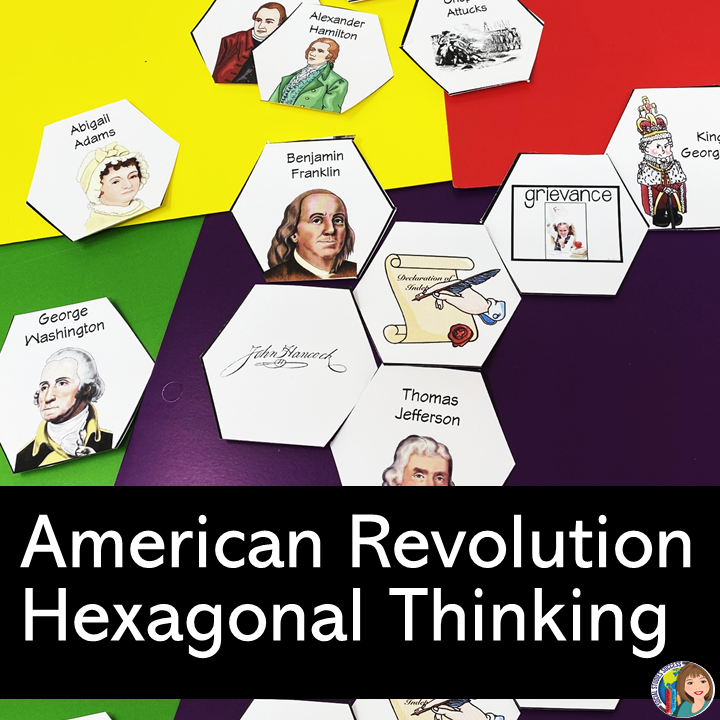
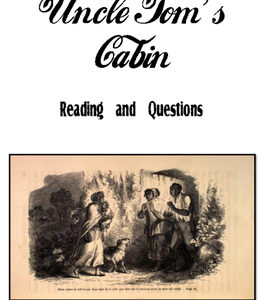
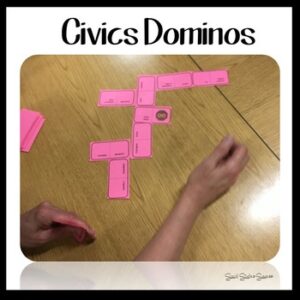
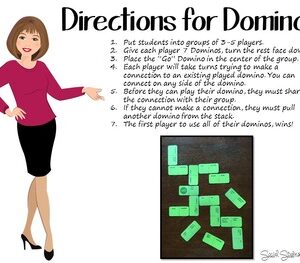

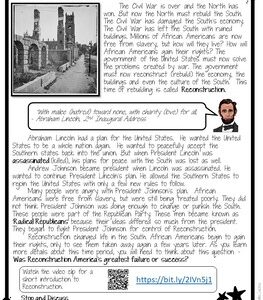
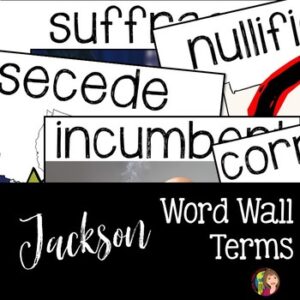
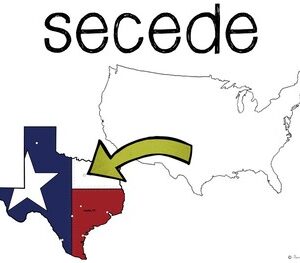
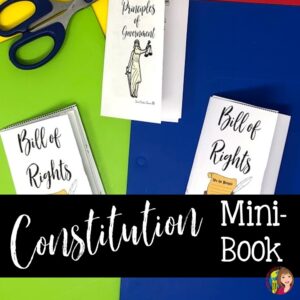

Reviews
There are no reviews yet.